Winner: Polestar 2
Looks are subjective, but to our eyes, the Polestar 2 has a crisp and chiselled aesthetic that makes the Model 3 appear a bit outmoded.
There's a lot to like about the Tesla Model 3, but new rivals are launching all the time from more established brands. How does the Model 3 compare to the Polestar 2 electric car?
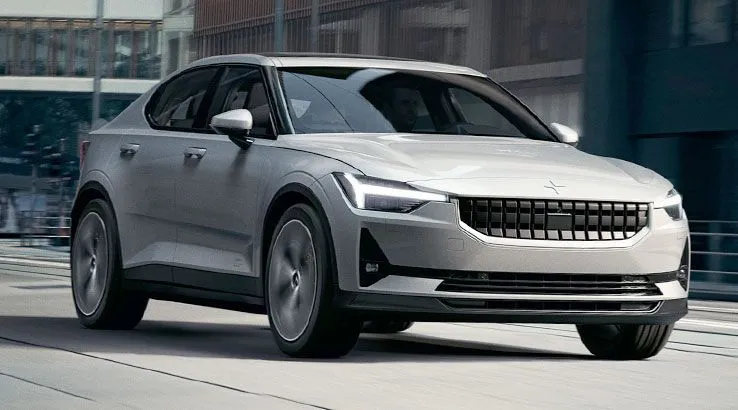
Many car reviewers said the newer Polestar 2 looks better and we agree with them. It's got crisp, angular lines and a very modern aesthetic. We also like its chiselled profile and the inclusion of conventional elements like grilles and an SUV-like plastic lower trim.
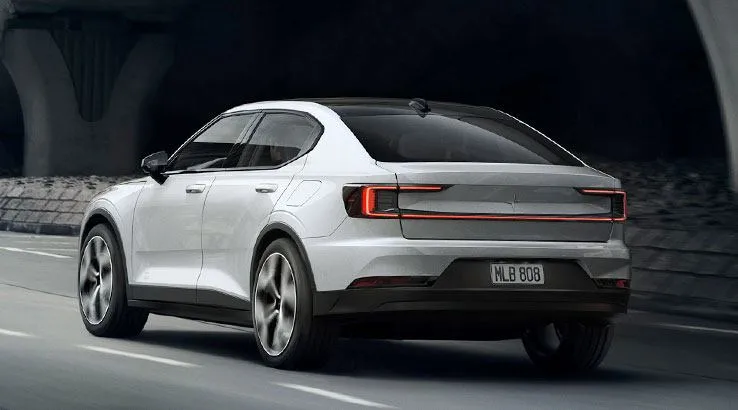
The Polestar 2 rear is simple, with a large, seamless taillight and minimal visual clutter.

By comparison, the Tesla Model 3 is starting to look a little dated. It has a more curvaceous form than the Polestar 2 and tries to break tradition by having no large grilles at the front. It's quite generic in styling and has been with us since 2019 (it was face-lifted in 2021 – though it has existed in a similar guise since 2017 across other parts of the world).
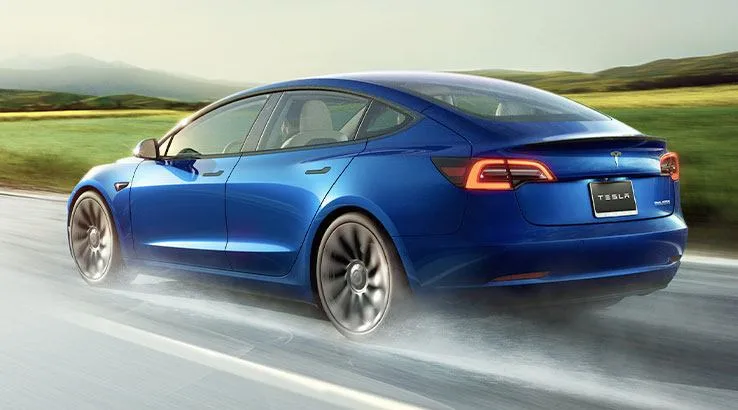
I never thought I'd say this, but the Tesla Model 3 looks more conventional from the rear, partly due to its sedan body and the separate taillights. Die-hard Tesla fans will surely disagree.
Looks are subjective, but to our eyes, the Polestar 2 has a crisp and chiselled aesthetic that makes the Model 3 appear a bit outmoded.
In NSW, postcode 2000, the Polestar 2 Standard Range starts from $64,608 driveaway. That model will travel a WLTP claimed 440km range, making it $146.83 per kilometre of range. The $69,857 long range single motor Polestar 2 travels 540km on a single charge, equivalent to $129.36 per kilometre of range. The dual range model is the most expensive, costing from $75,107 driveaway, with a range of 480km. That works out to $156.47 per kilometre.
Driveaway, the Tesla Model 3 starts from $64,872, for a claimed 491km of range. That works out to $132.12 per kilometre of range. The Long Range Model 3 starts from $78,837 driveaway and has a claimed range of 614km, or $128.39 per kilometre of range. The Performance Model 3, with a range of 567km, starts from $93,316 driveaway, which works out to $164.57 per kilometre.
The Polestar 2 is cheaper, but you get more claimed range with a Model 3.
How do the two electric cars compare in the cabin?

Scandinavian design, at its finest.
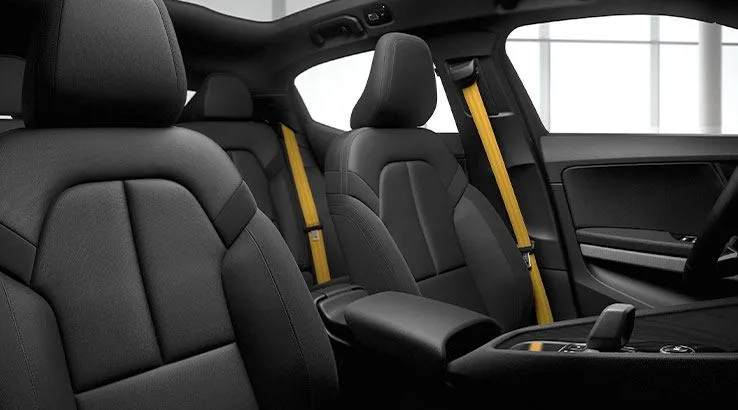
Standard features:
Car reviewers thought the Polestar 2 had a practical and sensible interior. It seems journalists felt that the Polestar 2 was slightly more user-friendly, especially the touchscreen.
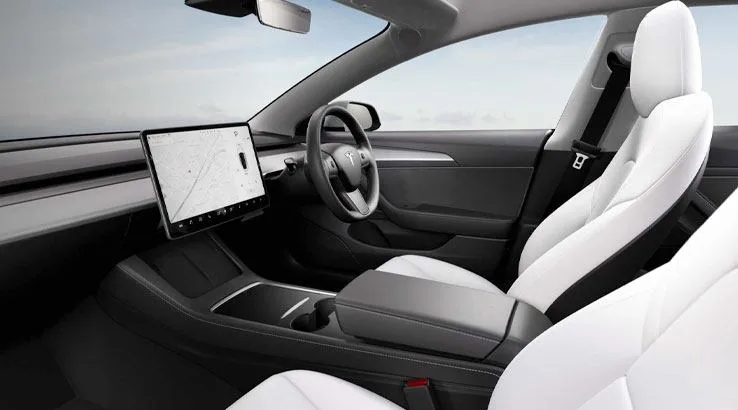
The Tesla Model 3 interior is minimalist, even austere. Dominating the cabin is that huge tablet-like centre touch display. Unusually, this also serves as the only screen in the car – unlike conventional vehicles where the driver has their own instrument cluster behind the steering wheel (as seen on the Polestar 2).
Reportedly, the interior of the Tesla Model 3 is extremely comfortable. One car reviewer especially called out the driving position, saying it was close to perfection.
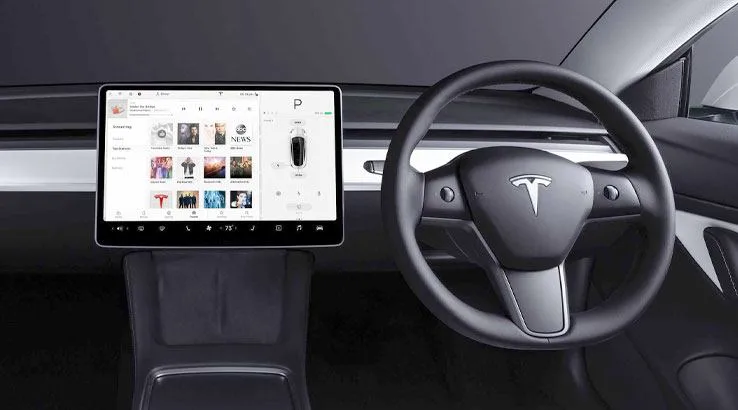
Standard features:
Both cars have a solid standard specification, but it depends on what you want from your car. If you want something that is extremely minimal and futuristic in appearance, go for the Model 3. If you want something more conventional, then the Polestar 2.
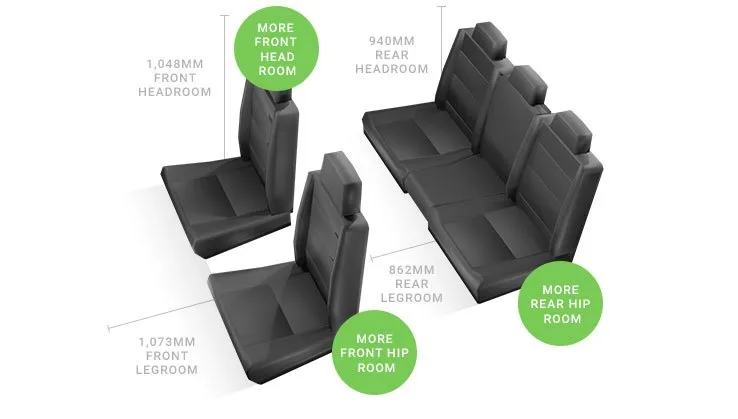
The Polestar 2 has 1,073mm "effective" legroom for the front passenger and 1,048mm headroom in the front. For the rear passengers, the Polestar 2 has 862mm legroom effectively and 940mm rear headroom.
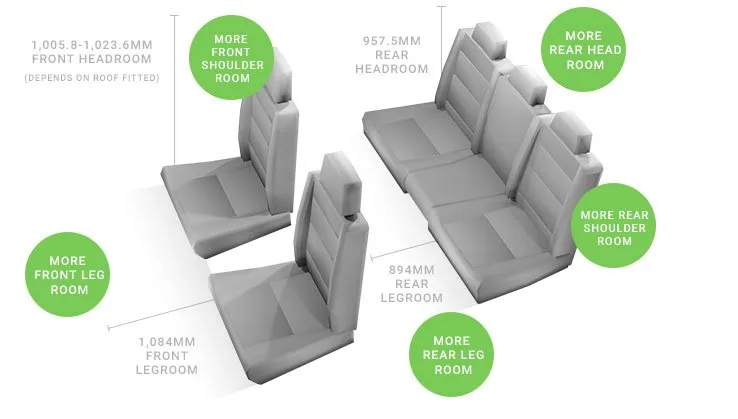
The Model 3's figures are hard to find, as they're tucked away in the owner's manual. The Model 3 has 1,084mm of legroom for the front passengers and between 1,005.8 and 1,023.6mm of headroom depending on the roof you purchase. Rear legroom measures 894mm and there's 957.5mm of headroom.
That means the Polestar has better front headroom, while the Tesla Model 3 has better front legroom. Rear passengers have more leg and headroom in a Model 3.
| Tesla Model 3 | Polestar 2 |
|---|---|
|
|

The Polestar 2 has a wheelbase of 2,273mm. It is 4,606mm long and 1,859mm wide (1,985mm with the wing mirrors). The Polestar 2 is 1,479mm high (or 1,473 with the Performance package).
The boot volume measures 405 litres. The front luggage compartment has a volume of 35 litres, totalling 440 litres of storage space.
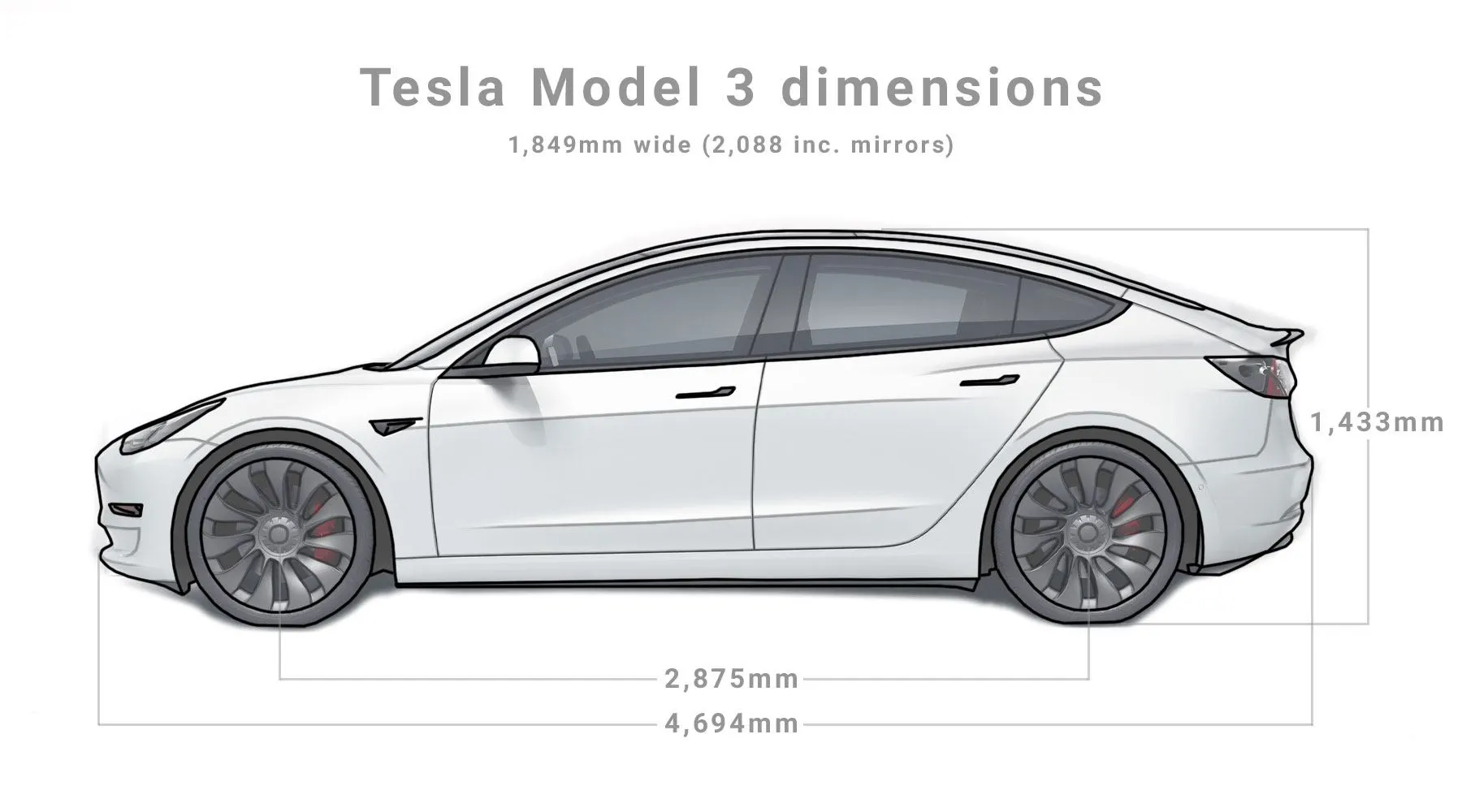
The Tesla Model 3 has a 602mm longer wheelbase than the Polestar, at 2,875mm. It's 4,694mm in length and 1,849mm wide (or 2,088mm including the mirrors). The Model 3 is 1,443mm tall. That means it's longer than the Polestar and wider (when factoring in the mirrors), but slightly lower. The Model 3 weighs 1,625kg (with 1 motor) or 1,844kg with twin motors.
Tesla Model 3 storage: 513 litres of cargo volume (front and rear trunk combined, the boot is 425 litres).
The Polestar 2 is a shorter, taller and wider vehicle (excluding the mirrors) than the Tesla Model 3. The Model 3 also has more storage space, going by the official figures.
We sought 3 quotes for a 40-year-old, rating one driver living in NSW postcode 2153. The average of 3 comprehensive car insurance quotes for the Model 3 came out to $1,833.95
For the Model 3 Long Range, the average of 3 comprehensive quotes came out to $2,022.46
With a Model 3 Performance, the average of 2 comprehensive quotes (one couldn't quote due to the Performance classifying as an unacceptable risk) was $2,466.49.
With the Polestar 2 not arriving here until early 2022, we couldn't get any quotes; however, due to its slower acceleration figures, it's likely to be cheaper to insure.
We couldn't get any quotes for the Polestar 2, as it's not launched just yet; however, with a lower purchase price and slightly slower performance, it's likely (but not guaranteed) to be less costly to insure.
| Winner | ||
|---|---|---|
| Polestar 2 | Tesla Model 3 | |
| Price. When it comes to price, Polestar 2 comfortably beats Tesla. On average, the Polestar 2 is 11.369% cheaper than the Model 3. The actual savings vary between 0.407% and 21.622%! The Polestar 2 dual motor long range is $18,209 cheaper than the Model 3 Performance. Reviewers stated that the Polestar 2 doesn't feel cheaper though, which is good. | ✅ | ❌ |
| Range. Tesla has Polestar licked here. Teslas have between 10.956% and 16.618% more range than comparable Polestar 2 models, or an average of 13.4%. | ❌ | ✅ |
| Charging infrastructure. Tesla has made good use of a head start in establishing charging points around the country. Tesla electric cars currently can use their exclusive Superchargers (which aren't open for use by other car brands) and there are 62 Superchargers listed on the Tesla Australia website. These tend to be concentrated around urban areas, especially along the eastern coast. However, Tesla drivers can also recharge up on other charging networks, thanks to its CCS Combo 2 or CHAdeMO connector plugs. Meanwhile, the Polestar 2 can only use the public chargers – though Tesla is considering opening up its sites to rival carmakers. | ❌ | ✅ |
| Charging times. JetCharge, an Australian charging network, estimates the Tesla Model 3 takes 45 minutes to charge on a 120kW DC connection. At home, an 11kW, 3-phase, 16 amp charger could top the battery back up in 6 hours and 40 minutes. Polestar's Charging Assistant estimates that the long range, dual motor model would need an hour to restore up to 432km (or 90% charge) on a 150kW rapid charger and 7 hours and 10 minutes from 0-90% (using an 11kW home charger). | ❌ | ✅ |
| Looks. Obviously, looks are subjective, but we think the styling of Polestar 2 is more modern and that could swing it for those looking for something different to Tesla's unique styling. The Tesla has a simpler design, but we dig the Volvo aesthetic. | ✅ | ❌ |
| Interior styling. The Polestar 2's interior looks modern, yet it is more conventional than the Model 3's minimalistic cabin. We agree with car reviewers, that the Polestar 2 looks better inside. There were some suggestions that the Polestar is better quality internally too. | ✅ | ❌ |
| Interior space. In terms of interior space – things lean in Tesla's favour. The Model 3 has more front leg and shoulder room and better rear leg, head and shoulder room. The Polestar 2 beats the Model 3 on front head and hip room, as well as rear hip room. | ❌ | ✅ |
| Interior storage. The Polestar 2 has a 405-litre boot space (measuring 1,020 x 939 x 667mm) and a front cargo compartment that measures 35 litres (totalling 440 litres). The Model 3 has a 425 litre boot and an 88 litre frunk (front boot), making a total of 513 litres. | ❌ | ✅ |
| Conventional instrument cluster. The Polestar 2's digital driver instrument gauges might appeal to those who don't like the Tesla's singular, tablet-like central screen, which forces you to look to your left. | ✅ | ❌ |
| Android-based infotainment system. Volvo has used Android Automotive for the Polestar 2. The system runs on the same operating system as your Android phone. Volvo and Audi supported its development. According to reviewers, it's first-class. Reviewers said you don't need to perform pointless taps on the screen, and the Google Assistant is advanced – capable of performing several car-related tasks, as well as all the usual ones you expect. Some preferred the interface design to the Tesla menu-centric approach – which also was commonly said to be annoying. | ✅ | ❌ |
| Towing. Tesla doesn't offer the factory tow hitch as an option in Australia. Therefore, we can't find an officially supplied towing capacity. However, in other markets, the official figure is around 1,000kg. The Polestar 2 can handle 1,500kg (with a factory-supplied semi-electric towbar). | ✅ | ❌ |
| Driver assists. Tesla models have Autopilot as standard. This has things like traffic-aware cruise control and a form of lane-keeping aid, called Autosteer. Tesla cars also come as standard with the hardware needed to achieve full self-driving capability. However, full self-driving is not yet road legal. Plus, many of the smart driver assists are part of the Full Self-Driving option pack, which costs $10,100. Each standard Polestar 2 has things like run-off road mitigation, oncoming lane mitigation, lane-keeping aids, post impact braking, slippery road alert, road sign information, a speed limiter, driver alert control and front and rear park assist. Like the Model 3, if you want more advanced safety assists, you have to plump for the optional Pilot Pack, which will cost $5,000 when ordering. | ✅ | ✅ |
| Packs. If you want a Model 3 that's racier, you'll have to spend an extra $25,000 for the Model 3 Performance. This unlocks things like performance brakes, lowered suspension, a top speed increase and track mode. The Polestar 2 offers better value for money, with the Performance Pack costing "just" $8,000 more. This includes things like adjustable (you can do this yourself using an included tool) Öhlins dampers and performance brakes by Brembo. Like the Model 3 Performance, Performance Pack-equipped Polestars have 20-inch alloy wheels. Polestar 2 buyers can also add the $5,000 Pilot Pack (which enables things like pilot assist, a 360-degree headlight and Pixel LED headlights) or the Plus Pack (upgraded 13-speaker audio system from Harman Kardon, WeaveTech vegan upholstery, fully-electric front seats, heated steering wheel and wiper nozzles, plus a panoramic glass roof). | ✅ | ❌ |
| Has 2 key fobs. The Polestar 2 comes with 2 key fobs. The Model 3 doesn't come with any, with a single key fob costing you an optional $235. Want to hang your key fob from your keyring? That'll be an extra $30! | ✅ | $235 (+$30) |
| Better specification clarity. This is an easy win for the Polestar 2; the car's specs and features are easier to find. For Tesla specs, you have to really dig around for them, and some like the battery size aren't always officially published. | ✅ | ❌ |
| Apple CarPlay. The Polestar 2 doesn't have Apple CarPlay yet. According to Polestar Australia, it has been delayed, due to multiple reasons, until Spring 2022. It'll be installed via an over the air update – though several Apple-using car reviewers said this wasn't a huge issue as the infotainment system was so good. | ❌ | ✅ |
| Transmission tunnel. Because the Polestar 2 is based on Volvo's CMA platform, it has a transmission hump running down the middle of the interior, which makes life for the centre rear passenger slightly more cumbersome. The Model 3 has a flat floor in the back, so the middle seat passenger can more readily slide in there. | ❌ | ✅ |
| Quality. Many car reviewers suggested that the Polestar 2's quality was stunning, making it feel twice its price. In fact, car reviewers seemed to think that Volvo's trademark build quality outshines Tesla's. | ✅ | ❌ |
| Warranty. The Model 3 has a 4-year or 80,000km warranty while the battery and drive unit have an 8-year or 192,000km warranty (with 70% of the battery capacity guaranteed). The Polestar 2 has a 5-year, unlimited-kilometre vehicle warranty, while the battery is guaranteed for 8 years and 160,000km (and 70% of the capacity). | Longer vehicle warranty and no kilometre limit | Shorter warranty term and km limit, but longer battery kilometre guarantee |
| Handling. It seems the general consensus is that the Polestar 2 has a firmer ride than the Model 3 and reviewers tended to view the Model 3 as unquestionably more refined. Apparently, the Polestar 2's steering is a little more sluggish with a looser sensation, whereas the Model 3 is more responsive and exact. It should be worth noting that some said conventional petrol or diesel sedans were generally better handlers than both cars. | ❌ | ✅ |
| Dimensions. The Polestar 2 has a shorter wheelbase and it's shorter than the Tesla Model 3. It's also narrower than the Model 3, when including the mirrors. See above for dimensions. The winner here depends on your needs, such as how tight the opening to your drive or work carpark is. | ||
| Acceleration. No contest, the Tesla Model 3 wins here, with nearly every model outpacing the Polestar 2. The entry-level Polestar goes from 0-100km/h in 7.4 seconds, while the entry grade Model 3 will do the same stint in 6.1 seconds. Tesla's Long Range Model 3 takes 4.4 seconds, while the Long Range Polestar 2 takes 4.7 seconds. Meanwhile, the Performance Model 3 manages an absurd zip from a standstill to 100km/h in 3.3 seconds, matching (or beating) some exotic cars like the Aston Martin V12 Vantage, the Ferrari F40 and even Audi's 2000 Le Mans race car. That's some serious bragging rights! | ❌ | ✅ |
| Climate transparency. Tesla produces annual environmental impact reports showing the cumulative carbon savings the brand is responsible for, as well as where some of the raw materials come from. Polestar is also committed to being transparent, producing Life Cycle Assessment reports and tracing rare earth materials using blockchain. | ✅ | ✅ |
| Total: | 12 | 11 |
Maybe you've not heard of Polestar, believing them to be a younger car manufacturer than Tesla. Well, that's not the case. Polestar originally was a multi-time championship-winning racing team in the Swedish Touring Car series, but later it was sold to Volvo and became the official factory racing team (they even built a V8 Supercar). Then, Polestar was developed into a tuning partner of Volvo, before Volvo repurposed the brand into its electric vehicle wing. Polestar is partly owned by Volvo and Volvo's parent company, Geely.
US company Tesla is still a relative newcomer to the car building game, with its first ground-up vehicle, the Model S, launching in 2012. Famously, it's chaired by centibillionaire and former PayPal founder, Elon Musk. Tesla is the world's most valuable car brand and was recently valued at a staggering US$1 trillion. The brand's smaller sedan, the Model 3, launched back in July 2017.
It depends on the kind of driving you do and your budget.
If you need to cover a lot of kilometres on a single charge, go for the Model 3. If you like tech, especially fun little Easter eggs, the Model 3 is for you.
If you have a more modest budget, then the Polestar 2. The Polestar 2 is also is a little more conventional, but it doesn't have the same range.
In short, you need to test drive both, as comparing them side by side has revealed it's a close battle.
The Model 3 has heaps of tech and takes a totally different approach to car building than traditional automotive manufacturers.
The Polestar 2 is more conventional, but has shorter ranges, though it clocked up more wins when compared against the Model 3 (12, against 11)
Pictures: Supplied
The future’s electric – and it wants to burn rubber
It's faster than a BMW 3 Series, more unique than a Mercedes C-Class and loaded with features that make it feel every bit as premium.
The VW Golf is back - and it's got more of everything.
Skoda refines its family-friendly performance car with more features, more power and a competitive price.
Peugeot have made a van that whispers while it works.
Toyota gave a Corolla muscles and a megaphone and it’s glorious.
Born for the trail, adapted for the tarmac
Let us assist you in picking your next SUV.
There are dozens of different makes and models to choose from and then about five different trim levels on average, per carmaker. This guide will help you cut through the sales banter.
Which electric car should you buy in 2021? Find out with our complete EV guide.